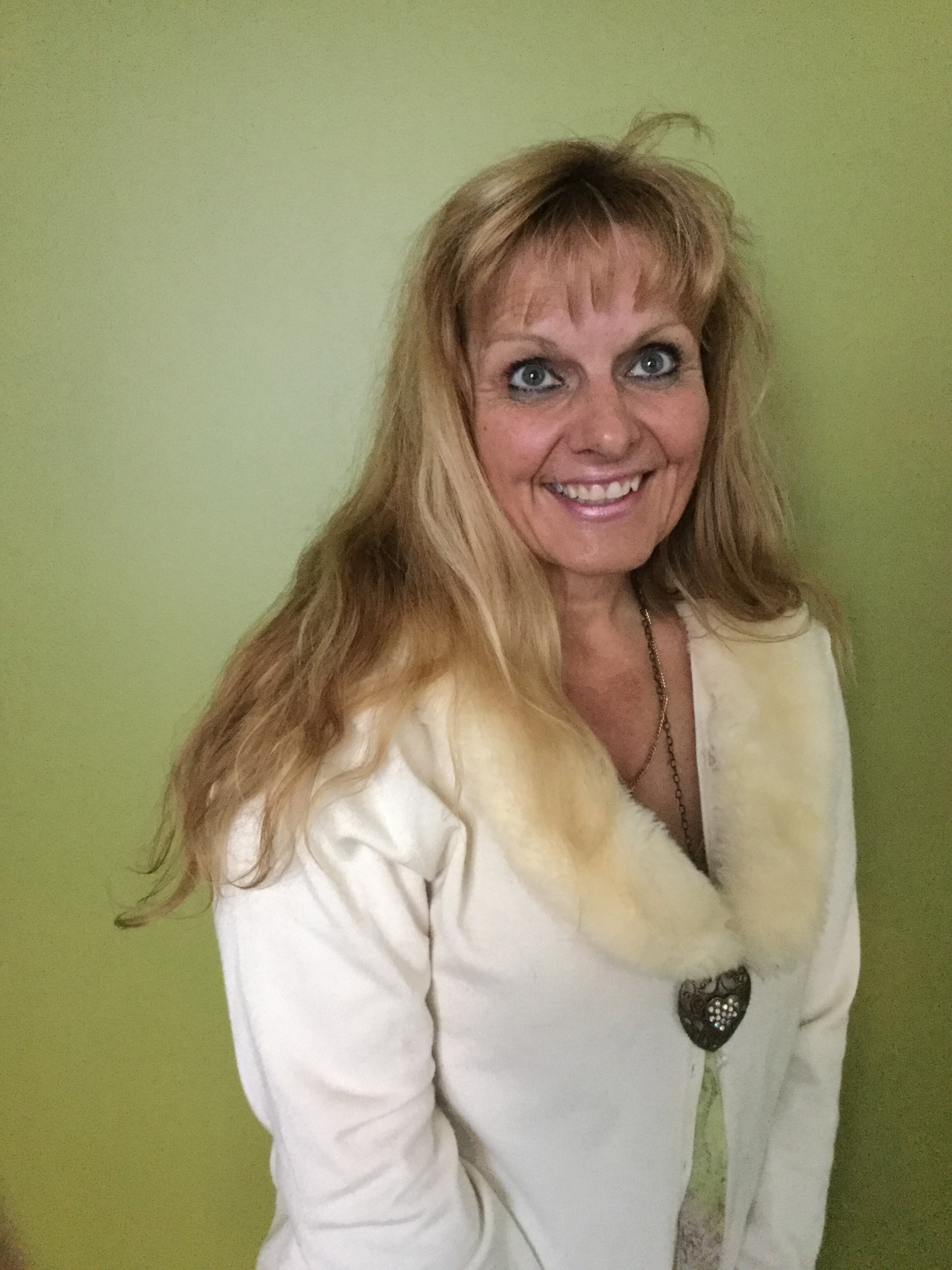
Linda Givogue is raising awareness of 'invisible injuries,' or brain injuries, which can leave those impacted without the use of their voice. (Photo supplied)
Linda Givogue moves her hands up and down in front of her, palms up, like she's feeling her way around for an invisible door-a way out of the hypothetical prison that kept her contained for so long.
This is how she expresses what it's like to not be able to speak fluently.
In March 2013, Givogue was in a car accident that left her with a brain injury, and ultimately, without a voice.
"It's been a long, frustrating journey," says Givogue. "Everytime I would go to say something, it's like all of a sudden someone hit the light switch and I was in the dark.
It has touched every part of my life. It's all over me. It's in my house. It's in my life, in my relationships. But no one can see it."
While many people develop stutters when they are young, communication challenges can be a byproduct of traumatic events-invisible injuries, as Givogue likes to call them.
"They can't see it. When people cannot see something, I think it's just easier for them to ignore it. I've become invisible to a lot of people."
But with the help of speech therapy at the Institute for Stuttering Treatment and Research (ISTAR), Givogue is starting to gain back her confidence and learn new skills that help her communicate easier.
"I'm learning that I need to breathe and slow down. I need to give myself time to come up with the words I want to say and practice my self-talk-almost like a pep talk that I can do this. I have a card that Elizabeth, my speech therapist, gave me that I use to help people understand my speech difficulties."
While Givogue has been able to seek help for her speech challenges, there are many people who continue to feel the implications of 'invisible injuries'.
"In general, I think most people will think 'Well, if they look okay, they must be okay,' which is not always the case. There's nothing tattooed on their forehead that says 'I'm not alright,' so there's really no way to know. I think that's why everyone just needs to be patient, because you never know what someone is going through."
With brain injuries becoming more prominent in society, Givogue is hoping her situation will shed a bit of light on what comes along with them. Not just physical damage to the brain, but also issues with speech, movement and chronic pain.
"I wish there was a way someone could put on a suit and feel what it's like to have a brain injury. In my case, with a brain injury, you would have to cut open my brain in order to see the damage. But there is a lot of damage that is invisible-a lot that people need to understand. I take longer to communicate and process information. Please be kind and patient with me."
For more information about speech therapy services, visit istar.ualberta.ca.